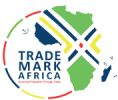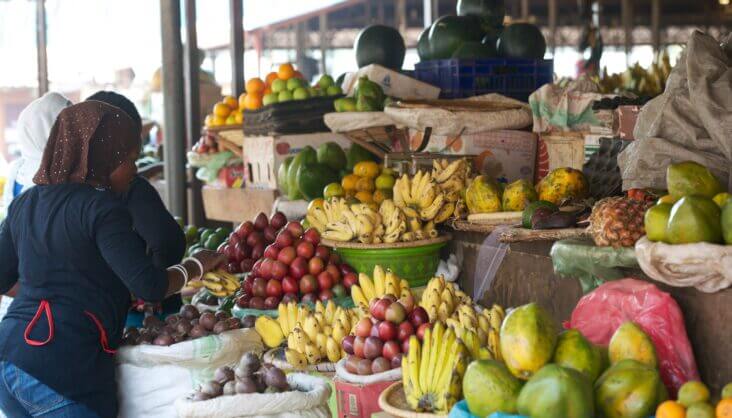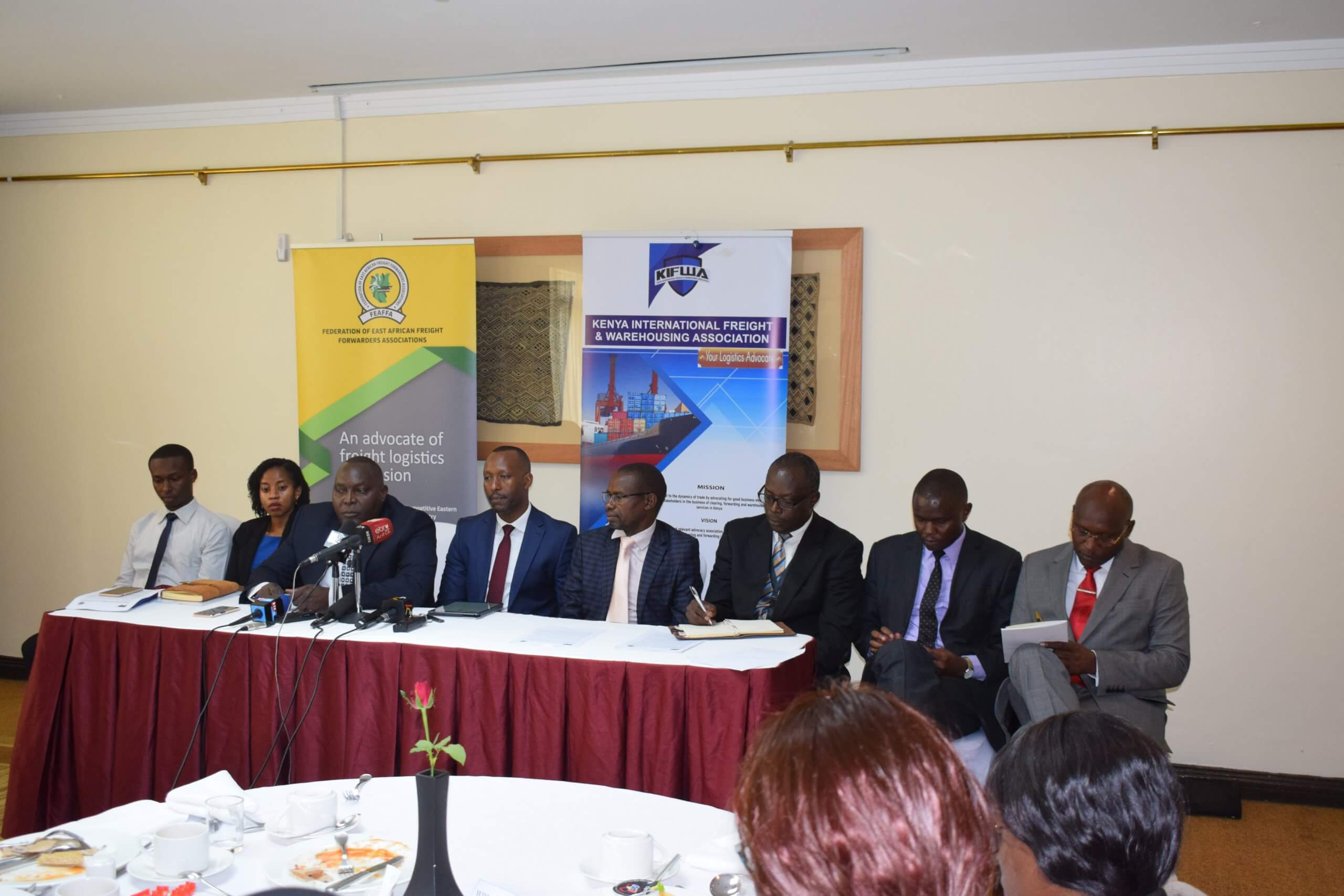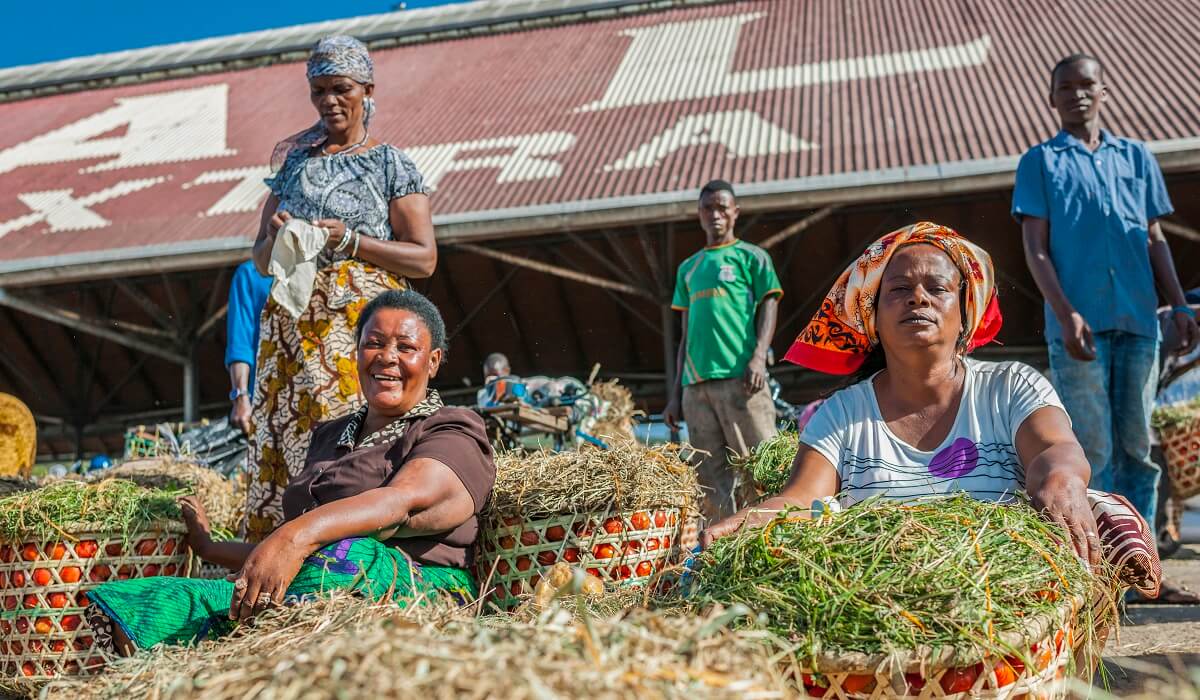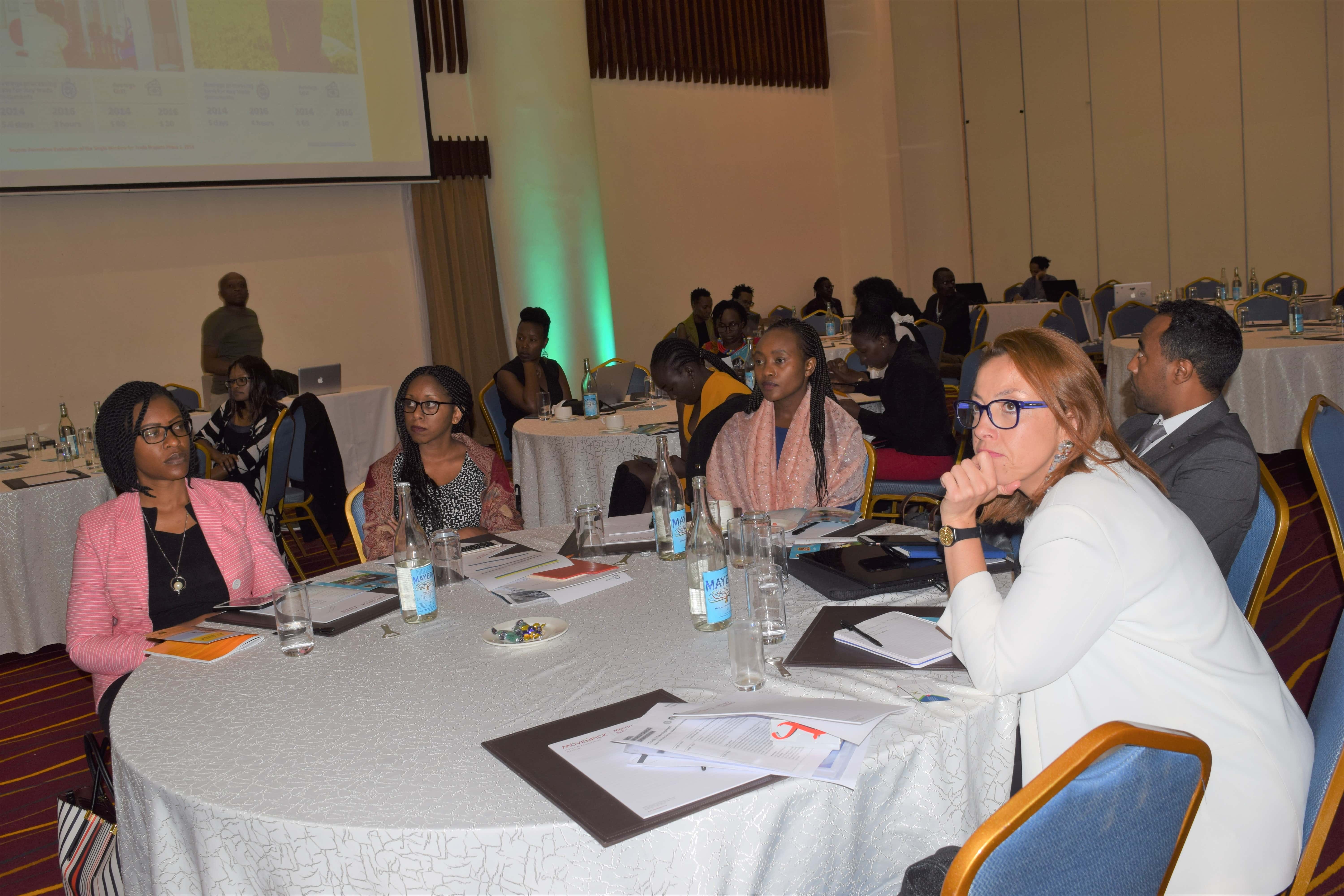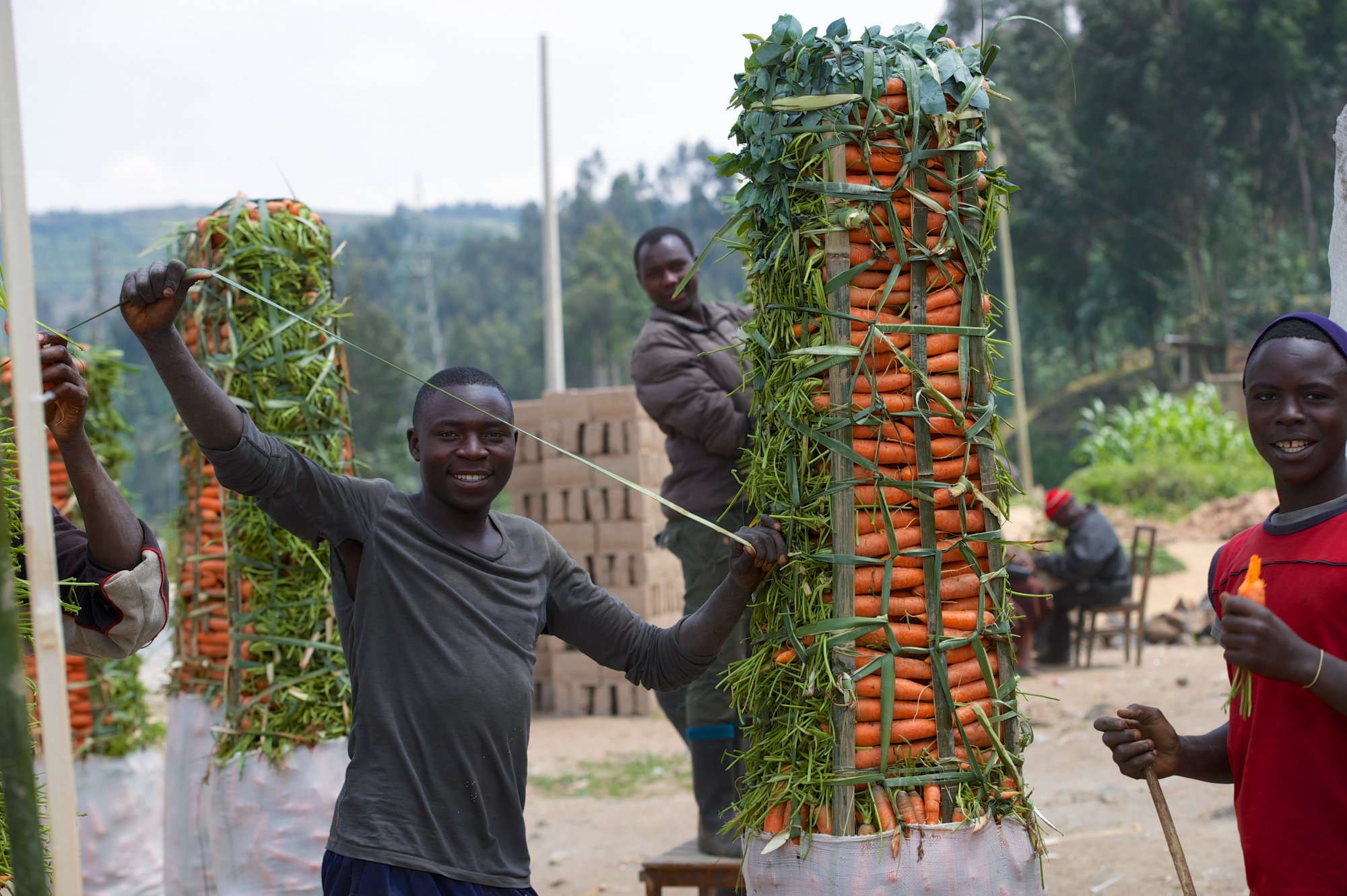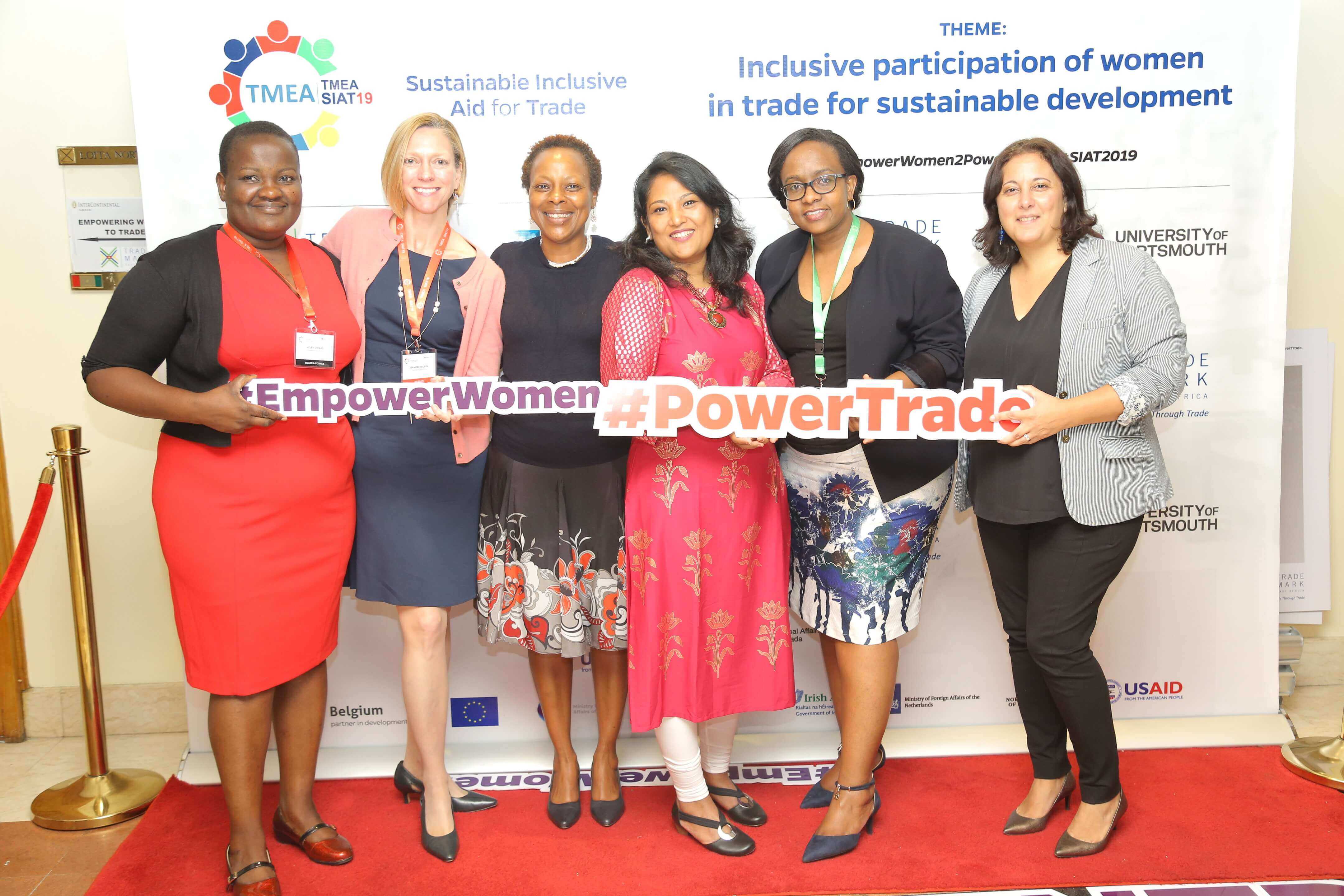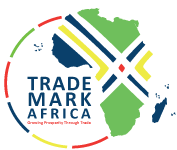It took a traffic jam of a couple thousand trucks at the Malaba border between Kenya and Uganda to fully visualize both the health and trade issues at stake when borders operate at optimum. The COVID-19 crisis has revealed both hairline fractures along borders in East Africa and the potential to solve them through better regional coordination. The East African Community (EAC) to date has been a grand experiment in more than just free trade between Burundi, Kenya, Rwanda, South Sudan, Tanzania, and Uganda. It also seeks to transform the region into a single market that allows free movement of goods, people, services, labour and capital, and create a single investment area. The coronavirus pandemic has curtailed this dream in the short-term but the experience has been a learning curve, and UNCTAD, TradeMark Africa (TMA) and other regional partners have used the moment to help the region’s national trade facilitation committees (NTFCs) improve their skills and work more effectively by offering them ground-breaking online training. “It’s a complicated situation due to the necessity of imposing health controls and measures to manage COVID-19 on one hand, while still ensuring trade flows, especially of essential goods, on the other,” said Shamika N. Sirimanne, UNCTAD’s director of technology and logistics. “The situation has been extremely challenging for everyone from policymakers to customs officials; truck drivers to traders,” she added. “Training is one of the solutions to this challenge.” [caption id="attachment_54331" align="aligncenter" width="640"] Trade facilitation in East Africa is critical during COVID-19[/caption] Trade...
COVID-19 accelerates greater trade coordination in East Africa
Posted on: July 7, 2020
Posted on: July 7, 2020
